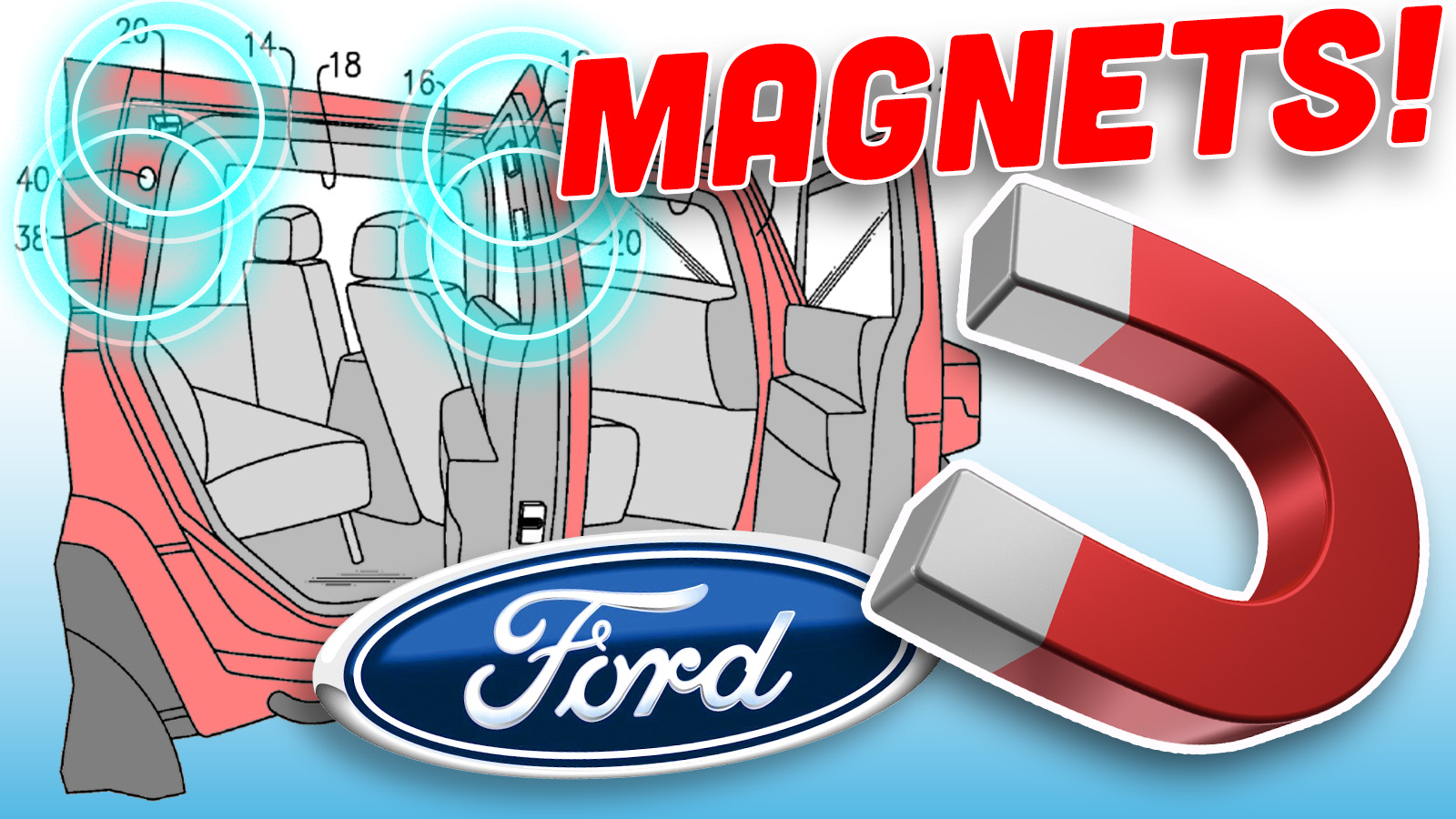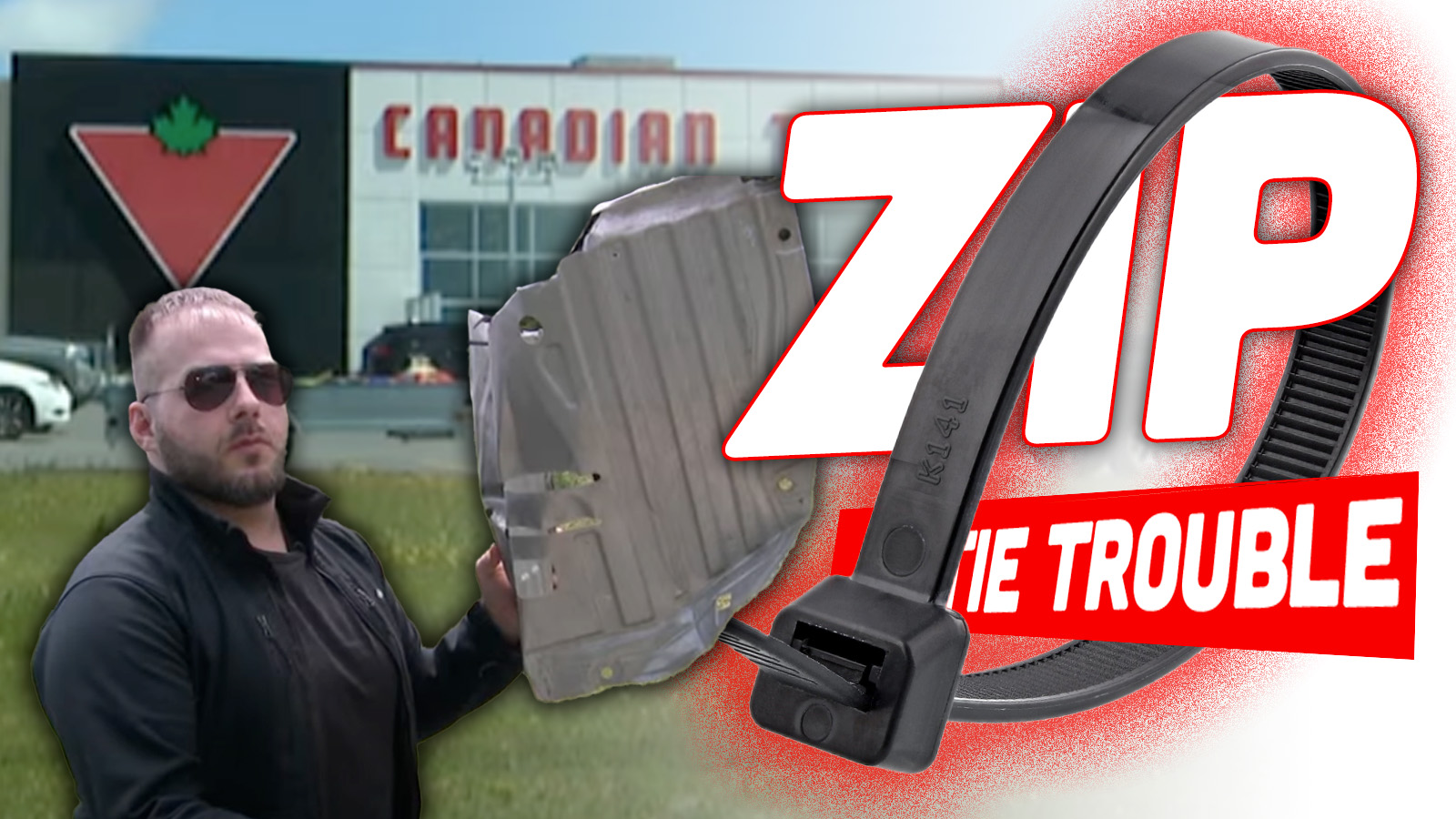I just realized something: I think this particular lawsuit I want to tell you about right now is by far the most interesting thing I’ve ever encountered that has to do with the Gone in 60 Seconds movie franchise. I’m not saying this to discredit the any of movies, really – they’re fine for what they are, which, for the 2000 remake, seems to be Nicholas Cage doing that thing with his hands and lots of fast cars being driven around fast, fastly. These are movies that have cars at their core, which, in the case of Gone in 60 Seconds means one particular car especially: a Mustang named Eleanor. That’s what this lawsuit is all about: is Eleanor a character? Or just a car?
Over the course of the Gone in 60 Seconds franchise, which started back in 1974, the car that was called “Eleanor” was always a Ford Mustang, but not the same kind of Mustang. In the original movie, Eleanor was a 1971 Mustang Sportsroof – not a Mach 1 as is often thought, though the two cars are, admittedly, extremely similar.
You can see a lot of Eleanor the ’71 Mustang getting the crap driven out of her, along with what must be hundreds and hundreds of tons of Malaise-era American Iron getting the absolute holy hamsters beaten out of them in the trailer here:
The better-known Eleanor, though, is the one used in the 2000 remake of the movie, and is the one specifically discussed by the lawsuit, which I promise I’ll explain. This Eleanor is a Shelby GT500CR, a custom restomod built on the basis of a 1967 Mustang fastback by Classic Recreations. Fine, watch the trailer:
Okay, now that we’ve met the cars, let’s get into what this lawsuit is all about. Denice Halicki is the widow of stuntman and director H. B. Halicki, who did the original movie, and she is the current copyright holder to the movie series. She claims that reproduction “Eleanor”-type Mustangs built by Classic Recreations via Carroll Shelby Licensing, Inc. are in violation of her copyrights. This lawsuit has been going on for about 20 years now, and this May 27, 2025 ruling is just the latest battle in a long legal war.

Here’s how the lawsuit is summarized:
“Denice Halicki and others alleged that Carroll Shelby Licensing, Inc., and Carroll Hall Shelby Trust’s “GT500CR” Ford Mustangs infringed Halicki’s a copyright in “Eleanor,” a collection of Mustangs featured across four films. The district court held on summary judgment that Eleanor was not entitled to character copyright protection. After a bench trial, the district court dismissed Halicki’s breach of contract claim based on a settlement agreement and denied Shelby’s request for a declaration that the GT-500CR did not infringe any of Halicki’s rights.”
As you can read, the decision was that the car known as Eleanor was not protected under any sort of character copyright protection, and the reasons why are where I think this gets really interesting. The summary goes on to state:
“Affirming the district court’s summary judgment, the panel held that under the Towle test, Eleanor was not entitled to character copyright protection because it (1) did not have conceptual qualities, (2) did not have consistent traits, and (3) was not especially distinctive.”
The Towle test? What is that? Those three answers give some hint: “(1) did not have conceptual qualities, (2) did not have consistent traits, and (3) was not especially distinctive,” and I bet that last one stung.

The Towle test is interesting; it comes from a 2011 lawsuit, DC Comics v. Mark Towle, where DC Comics sued Towle, who was building and selling Batmobile replicas. The lawsuit sought to prove that the Batmobile, while a car, still qualified as a “character” and was therefore subject to the protections a character is afforded. The court agreed with DC, and came up with these three questions to test if an object can be considered a character:
-
“The character must generally have physical as well as conceptual qualities.
-
The character must be sufficiently delineated to be recognizable as the same character whenever it appears. It must display consistent, identifiable character traits and attributes, although the character need not have a consistent appearance.
-
The character must be especially distinctive and contain some unique elements of expression. It cannot be a stock character like a magician in standard magician garb.”[3]

Those are pretty insightful metrics for determining whether or not a car qualifies as a character! Some cars are very easy to define as a character, as they meet and exceed each of these qualifications. Think of Herbie the Love Bug, who, though he speaks no human language, nevertheless is able to communicate and make decisions and have actual agency. He has a distinct set of physical criteria (a 1963 white VW Beetle, racing stripes, the number 53), and is a specific character.
KITT, from Knight Rider is another easy example here, because he is clearly a character – KITT has dialogue and plot lines and everything, even beyond the distinctive looks and so on.

Other movie cars may be trickier, but can still be determined by the questions. The DeLorean time machine from Back to the Future, for example, qualifies because it has physical and conceptual qualities, distinctive physical traits, and “unique elements of expression,” which in this case can be the ability to travel through time when it hits 88 mph, something most off-the-lot DeLoreans were not able to achieve.

James Bond’s Aston Martin DB5 would qualify, too – it has such a distinct look, attributes, abilities, and purpose that it becomes a character of sorts in its own right, or at least an extension of Bond himself.
As you can see, even if a car isn’t anthropomorphized or sentient or doesn’t have agency, it can still be a “character,” according to the quite nuanced parameters defined by the Towle test.
A test that, it’s worth noting, Eleanor did not pass.
Eleanor is a particular type of Ford Mustang. An uncommon type, sure, but not one that has any especially unique conceptual qualities: it behaves and performs like any other expensive Mustang-based restomod. Physically, Eleanor Mustangs are not consistent over the movies in the series, with the early movies being an entirely different year and color and sharing almost nothing with the GT-500CR beyond the fact that they both started as cars called Ford Mustangs.
I tend to agree with the court’s ruling here, and I plan to remember the Towle test when I’m thinking about movie cars in general. It’s certain that the 2000 remake made the particular kind of Eleanor-style Mustang restomod very popular, but it feels like trying to claim a copyright on the car is a bit like if Warner Bros, who currently owns the character of Popeye, tried to sue the National Spinach Growers Consortium, claiming that canned spinach was a “character” in Popeye comics.
It’s an important aspect, sure, but a character? Not quite.
The same goes for the Eleanor Mustang. It’s a key element of the movies, sure, it’s associated with the franchise, no doubt, but that’s just not enough to make it something uniquely part of that work of fiction.
This is all pretty fascinating! Also, it means if you want to build your own Eleanor-type Mustang, have at it!








Did anyone else read “Towle” as “Towelie” and get REALLY worried and sweaty?
Not one mention of “Christine”?
Yeah, I think she passes.
How about her country cousin, the General Lee?
I’m not seeing how the Bond DB5 qualifies, as all of the ‘attributes’ that make it a bond car are hidden/secret. From the street it looks like any other DB5.
By that rational, would an engined swapped car that looks like any other qualify? Like the Tokyo Drift RB26 swapped mustang?
Not to mention the Bond car changed models a lot, especially in the more recent films.
The Aston DB5 would not qualify but if you put ejector seat buttons, machine gun headlights, and rotating license plate in it, you’d be open to litigation if you tried to profit off of it.
Idk man, those are all generic ‘spy car’ mods. If it doesn’t say 007 or Bond I think you’d be fine.
I get away with it by only modifying orange 2003 Ford Thunderbirds with spy gear. No vegetable named movie producers have come after me yet, however business is slow.
Its also a bold decision to call two movies- one a remake of the other that shares little beyond the title- a “franchise”
The Mustang in the photo next to the Cadillac is a 1973. I don’t get the weird Eleanor body kit Mustangs, you can build a clone of an actual 67 GT500 which is so much cleaner looking. Have you seen the prices of 67-68 Mustang fastbacks, its crazy even rough cars go for alot.
I always thought Halicki should have just leaned into licensing and everyone would’ve profited off of it: full vehicles, body kits, travel mugs, floormat, whatever. There’d be a few more “Eleanors” out there, but it might actually keep the franchise name in people’s minds. Is it really more than 2 movies?
I’m reading this article and blah blah not a character. Great. But what hits me is that picture of Herbie. I’m mildly intrigued by some, only some, VW bugs when built for performance. I would love to see a detailed history of all the versions of Herbie. Torch can you make that happen someday?
It seemed so absurd that he wouldn’t have done it already that I had to go looking. But I’m not finding a single article that really ties it all together. Maybe it’s all under wraps for Jason’s next book.
There may be some subconscious trauma associated with… Herb-adjacent names responsible for that oversight.
I’d absolutely love to see a deep dive into Herbie appearances, though! Such a good idea.